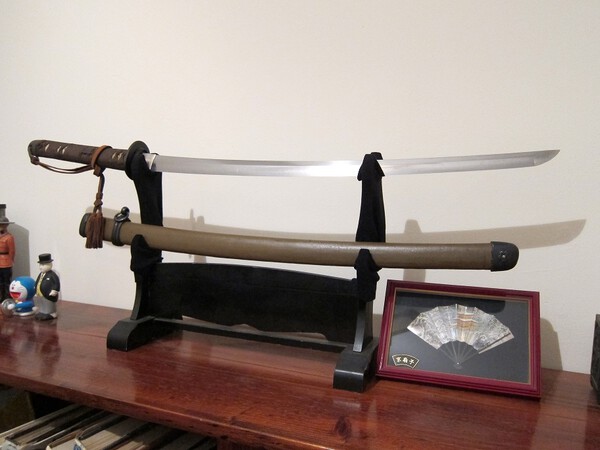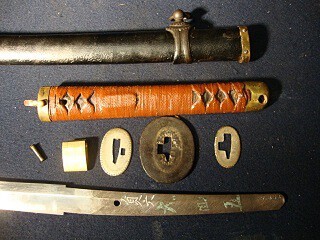Leaderboard
Popular Content
Showing content with the highest reputation on 04/27/2021 in all areas
-
Hello all, acquired a few pieces over the past year's mix of COVID lock-downs and while eagerly waiting for the latest to arrive thought I would start a few threads to share the blades with fellow members and provide some more searchable examples of these smiths for the NMB. Also maybe start some discussion if anyone sees anything interesting. The first is a papered NBTHK TH to Ko-Mihara with a sayagaki from Tanobe Sensei. Photos are courtesy of @Ray Singer and will get an in-hand update/photos once it arrives hopefully this week… delayed due to an issue at the DPO transit point . Without a full translation yet but looks like Tanobe-sensei commented that it a representative example of the sword, dates to Nanbokucho jidai, is osuriage mumei, and yuhin (exceptional work). I had been on the lookout for a blade in this style with some helpful advice and comments on other pieces from @paulb . nagasa: 66.3cm moto-haba: 28mm saki-haba: 18mm kasane: 6.5mm The next two pieces to be posted await post-COVID shinsa but have other attributions that might spur some debate.5 points
-
The inabilty to hold physical meetings over the past twelve months has meant it hasn't been possible to look at and study swords not previously seen. I was trawling through some images and cme across this one. Just for fun take a look and see if, based on what little you can see you can suggest a date for it and possible tradition/school. details: Sugata 68.5cm sori 1.8cm motohaba 2.5cm sakihaba 1.8cm kasane 0.5cm It is O-suriage.3 points
-
3 points
-
Hi guys, Some time ago a new collector suggested that dealers at the shows should have something to tell customers about the swords they're looking at. Mark Jones and I share tables at the shows and at this week's Chicago show we will each have short write-ups of all the swords on our tables. These will tell you who the blade is made by/signed by/papered to, the length, and a bit about the smith: who he was and when he worked. Please ask to see these if interested. We will have more than a few swords totally new to the market here in The States: not been to a show, not on my website, haven't been seen by anyone. With 7 tables we should be easy to find; stop by and say hello.. Cheers, Grey & Mark2 points
-
2 points
-
This rocking star on the Kai Gunto Tang is the first time I ever see it other than on the navy bayonet.2 points
-
2 points
-
G'day Guys, Here are some more photos. The koshirae is in almost pristine condition. The saya is the lacquered wood kind which I think is quite rare. What makes this sword really stand out is the beautiful, two piece, gold and silver foiled habaki. Unusually the fittings which are the mid-war type, are not numbered or marked in any way. The boshi is ichimai style with a long kaeri. The only down side is the blade is suriage and machi okuri. Cheers, Bryce2 points
-
I think Covid and masks at least helped with that one aspect of viewing swords. No spitting on swords while you are viewing them and chatting.1 point
-
Agree, please don't use quote unless you are referring to something buried way back. Just use REPLY. People don't need a tag to continue reading a topic they were involved in. Quotes are messy and unorganized.1 point
-
Ha! See what I did?! If I remember @Brian's discussion about this, he didn't mind quoting text, it was just quotes that included large pictures that he didn't want. By quoting, the other guy gets a notice that he's been quoted and it draws him back to the discussion, just in case he thought he was done and didn't plan on coming back. That's the only reason I use the quote. Edit: after thinking about it, I guess I could accomplish the same thing by using the "@xxxxx" method. I'll do that next time!1 point
-
1 point
-
You beat me to it Bruce. So Rob. These kana are usually used to make the sounds of foreign words....kanji and hiragana being used for Japanese. RJT and other military tangs and mounting fittings are often seen with various marks and numbers and the Type 3 I've seen have often had a katakana and a number. Yours has what I think is "a"1435 (as in A number, B number, C number etc., for us). Regards,1 point
-
1 point
-
1 point
-
Hi Bruce, Well as luck would have it, this may answer your question as to who put the numbers/scratchings on it. Seems the fitting shop would be my best guess. There are identical (pencil) markings/numbers on the end of the tsuka and directly under the numbers on the koiguchi. 1435 (tks Dan C.) ....so it appears to me to be assembly numbers as Dan C. said. Pretty crude manner of marking though....maybe they were in a hurry to get them out the door and into the field! ( blade is a Nobumitsu, Showa 20th year, 3rd month (Mar. 1945)). George, The other character (katakana) is still a mystery (albeit a very small one now). I dont quite follow your lead with phonetic 'a' sound in terms of it relationship here...it dosnt appear on Tsuka though. I (nievly) thought it was an arrow with a large tail pointing in a specific direction for mounting purposes???....but unfortunately I can easily see such simple signs in real kanji and that just makes it harder for me :-) Rob SORRY IT WONT LET ME LOAD 1 X PICTURE 2.9 mg SO WILL TRY TO SEND IN ANOTHER FOLLOWING MSG.1 point
-
1 point
-
1 point
-
The boshi is hard to see, maybe you could tell me; does it have any kaeri. A feature is a rather long kaeri for Yamato Mihara blades. Not a law as I have ore that is fairly short frrom an omaru boshi. The chu-suguba is an attractive feature to me. John1 point
-
Thanks for sharing. Very good sword, as of late we don't get to see many.1 point
-
1 point
-
Nicely polished/preserved boshi. Wish to see more of the hada. Cheers. John1 point
-
1 point
-
Not quite sure where you're seeing the Type 98 connection, looks completely Kai Gunto.1 point
-
The "rocking star" is a logo that shows up on Japanese bayonets and I think that is what BangBangSan is referring to. A long Syracuse, NY Gun Show report & Rocking Star bayonet find WTS Rocking Star Bayonet Nice Condition1 point
-
Great job organizing and following the guidelines @Mark so as to have the show be a success.1 point
-
I saw that one - it was so bad I didn't think it should offend the viewers! A big downward spiral in quality. Still, it is starting at the right price, makes a cheap fishing lure!1 point
-
The Chicago Sword show is starting soon. Looking forward to seeing a lot of old friends and meeting new ones. A few saftey reminders: The hotel requires masks be worn in all common areas. I will have masks available for any that need them, I will have FDA class 3 surgical masks, N95, cloth and others. There will be hand sanitizing stations. The show is in the large ballroom and tables will be spread out (social distanced) and the air circulation fans will run during the show. Please remember when in the show and in line to maintain a safe social distance. We want the show to be enjoyable but also safe for all. Lets get ready for a great show. I hear that a number of exhibitors are bringing some very special items. A great chance to study and learn, but also add something special to you collection. See you all soon. www.chicagoswordshow.com1 point
-
I hope everyone can come !! Get the hell out of the house, have some fun see great stuff.... add some cool things to your collection !!!!!!!!!!!!!!!! really this will be a great show if you live in the mid-west come for the day it will be well worth it as Mark always does a great job if you don't fly in for a day AND SEE GREAT STUFF !!! Fred1 point
-
1 point
-
I have a collection of habaki that I have been accumulating for years. This is just the kind of occasion that I find it useful. It's amazing how often I find one that fits well or at least ok.1 point
-
John - swords are evaluated on their quality and given an assigned number - better than 85 would be something really special and the team would recommend the blade be sent to Japan for Yushu Shinsa. There have been a number of such blades come thru our shinsa and based on our appraisal we know that some have gone to Japan for full restoration and NBTHK papers. So it does happen. We do have a mail-in service and a FAQ page on our website... -tch NTHK Hyogi-in https://nthkamerica.com1 point
-
Just a little correct. NBTHK is not an association but is an agency of the Japanese government; it depends of the Japanese Cultural Affairs Agency. NTHK is an association.1 point
-
Take someone in Japan as my friends, Robert Hughes or Paul Martin to go through shinsa process. ABOVE ALL, STOP DREAMING Japanese AUTHORITIES CONFISCATING YOUR SWORD AS NATIONAL TREASURE. IT IS WISHFUL DREAMING. BTW, all the TJ in dealers’ vaults I mentionned are for sale.1 point
-
NBTHK holds shinsa only in Japan. You have to get first TH to go for Juyo and then Juyo to go for Tokubetsu Juyo. Each time it is 10% of TH blades which are good enough to try Juyo shinsa out of which 10% will pass. Same applies for going from Juyo to Tokubetsu Juyo. Japanese keeping blades is urban legend. NBTHK is an association and as an association delivers only appraisal certificates, they don’t buy or sell swords. Go to Japan and visit dealers. You’ll be surprised to see how many Tokubetsu Juyo blades are held in their vaults. It is not because a blade is published that it is a national treasure and worth million. your friend has to go through the different shinsa level to see what it is worth (as an Art object and not value) Yushu does not equal juyo because the selection criteria are not the same.1 point
-
Impossible John, Tokubetsu Juyo does not exist in NTHK system. We are talking of NTHK American Shinsa. In NTHK system, the highest grades are granted only in Japan.1 point
-
1 point
-
1 point
-
Hello, sometimes great wishes come true, my first daisho. Everything fits together well, an identical outfit. The two blades seem to be old, I don't have much experience to judge that yet . A new polish of the blades is certainly no longer possible, the material does not allow it. A nice addition to my collection. Uwe1 point
-
Thank you for the example Adam. That's a nice sword, I can definitely see some similarities with the masame and itame and the hamon. It makes me wonder if both are influenced by a similar tradition. I guess the biggest difference I see is that this sword’s large nagare and masame structures seem more prominent... Or perhaps that's just a trick of the light and optical illusion because the small grains are not prominent. That is very interesting indeed. I know very little about koshirae so I assumed the menuki were just missing and those holes were just damage (even though that doesn't seem to be a typical way metal exibhits damage) but this sure does sound like your description of satsuma koshirae. It sure looks like other examples I can find. It's a shame the precious metal inlays are nearly gone in mine, but I guess that gives is a wabisabi vibe which fits in with an antique so it's not all bad. Deffinitely glad I grabbed this sword.1 point
-
Oh, and also this is the first time I’ve owned an old koshirae and the tsuka feels a bit rickety. I worry that if I handle it too much it will deteriorate, or the remaining bits of gold on the tsuba will fall off. I’m not sure what I can’ do to keep in in good condition apart from keeping it in a dry environment? Could Lohman or someone else do conservation work on the tsuka and saya without it losing its originality? Also if it helps at all with the sleuthing, I've attached photos of the torokusho and export paperwork. Thank you again everyone.1 point
-
Brian san, The first link is to the newspaper articles announcing the introduction of the new type of fittings, and also the drawing from the army information pamphlet that describes the new variation...too long for me to translate (I could do it but you and I would be a lot older by then...) The second link shows the early/high quality lacquer type Type 3 (often RJT and other gendaito blades) and also the lower group is the better later/lower quality type. All? of these later/lower type have good blades by such as RJT Sadaroku and a Nakata Kanehide ...(see 2 lower pics of red lacquered tsuka type)...some do not have dust cover seppa, but I think all/most have second button. This link does not show the lowest quality "awful" variation with steel (lighter brownish) scabbard and unlacquered tsuka ito. This "awful" type usually have no second button on the sayaguchi and usually have no dust cover seppa....usually 99.99% showato blades....BUT...this will interest you Chris...I say 99.99% as I have seen 2 star stamped blades in these...1 by Nakata Kanehide (see top pic) and 1 by (forget, but Seki I think), and a third also by Nakata Kanehide, but with no star and no tiny seki stamps as it had a hagiri. The only difference with these 3 and the other "awful" variety was that these all had the second button and the dust cover seppa, BUT imho, the mount quality is way below the blade quality. Maybe only the hagiri Kanehide "deserved" the mounts. As all the blades I have seen in these were dated late 1944-45, maybe it is a sign that like the better later/lower group with black lacquer saya - red lacquer ito, these good blades in "awful" mounts are towards the end of the war and some corners were being cut in mountings quality? or maybe, it was just convenient for the showato mounting shops to use some "awful" fittings on some RJT swords? who knows. As for the comparitive ratings, yes, I know they are based on post-war criteria and while Kanehide is well thought of, (see "Nihonto Zukan" Tokuno p.172.) now, whether his wartime work was as good as now or as good as Yasukuni, I leave to others...although I can say that I have seen both from the wartime and the Kanehide work impressed me highly (especially the hagiri blade which was wide choji with long ashi - hence the hagiri), and appealed more than the Yasukuni (sorry) probably because the Yasukuni work is more "sedate" in style ...of course I would have bought them (great work) but all 3 or 4 that I was offered over the years had rotten tangs for some reason. So..., I still just can't understand why high quality Type 3 fittings have not yet been seen on Yasukuni...strange IMHO. Regards,1 point
-
0 points
-
Johan, Yes, your sword does appear to be a "Boy's sword." In post #5, Ruben provided Youtube videos, one of which James Miller talks about Boy's swords and mentions how rare they are. I had an opportunity several years ago at an estate auction to bid on high quality Boys swords, but unfortunately didn't because I was unsure exactly what they were. I now wish I had gone with my initial instinct regarding the swords because I was impressed with the high quality of the small swords. No one else at the auction knew anything about them either, they all went for less than $100 each. They were all the quality the one in James Miller's video...I try not to think about passing them up too much. Dave M0 points
-
This is an unfinished kit for the buyer to complete the Rain Dragon tsuba? https://www.jauce.com/auction/k512095566 And the buyer damaged it. In less than three months, he will sell his failed work to someone else. It is a wonder that a buyer appears. https://www.jauce.com/auction/f480979961 https://www.jauce.com/auction/n4583959190 points
This leaderboard is set to Johannesburg/GMT+02:00


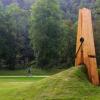


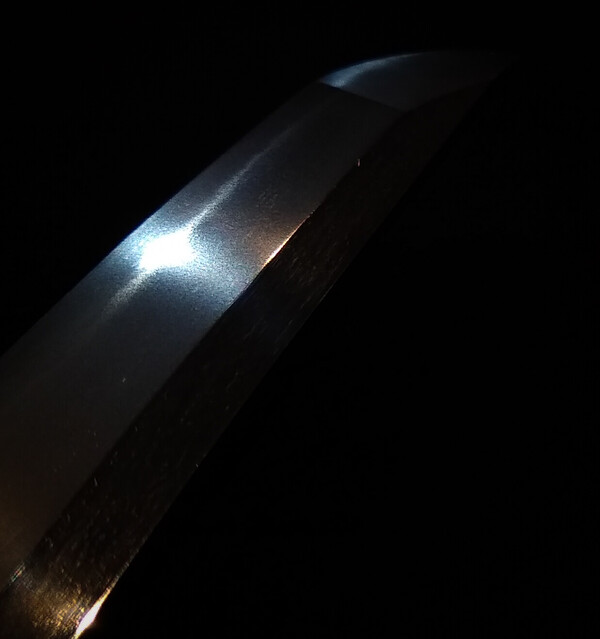
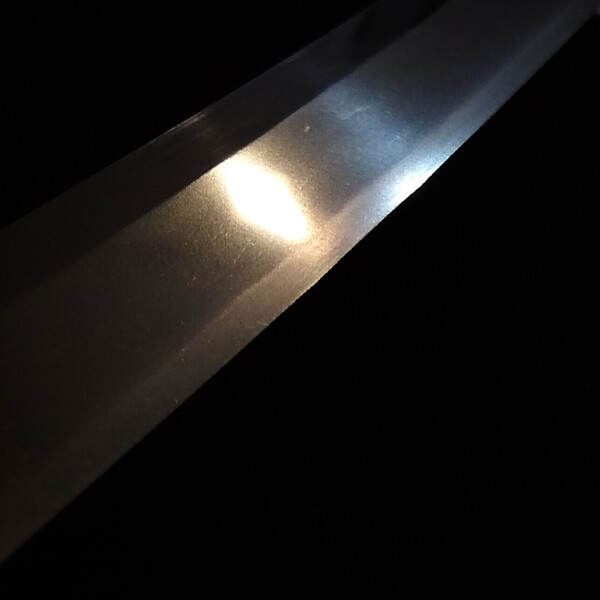



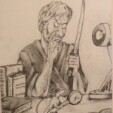



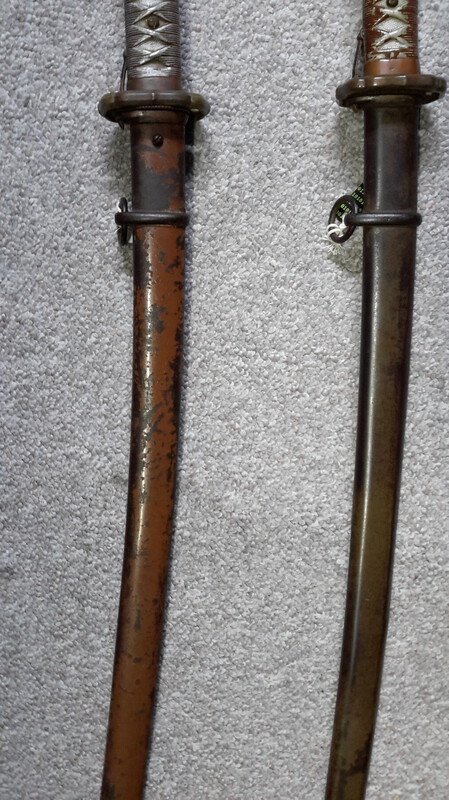

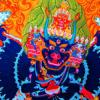












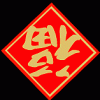


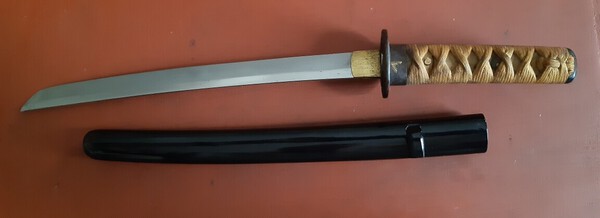
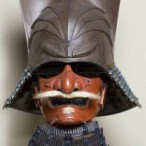
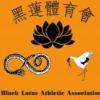
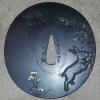
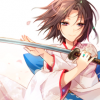
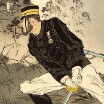

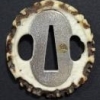

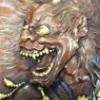
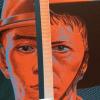

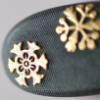
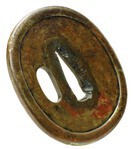
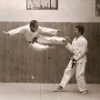



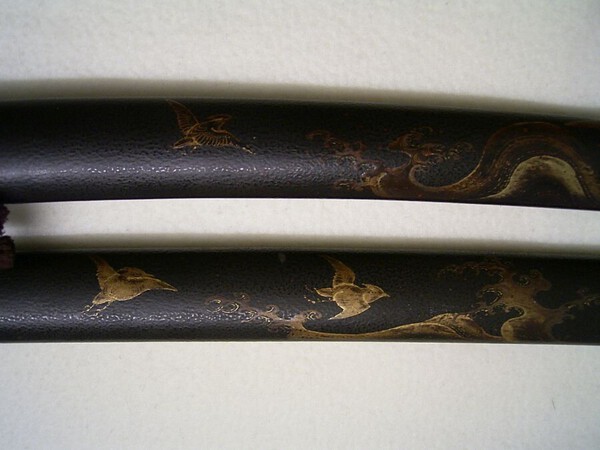
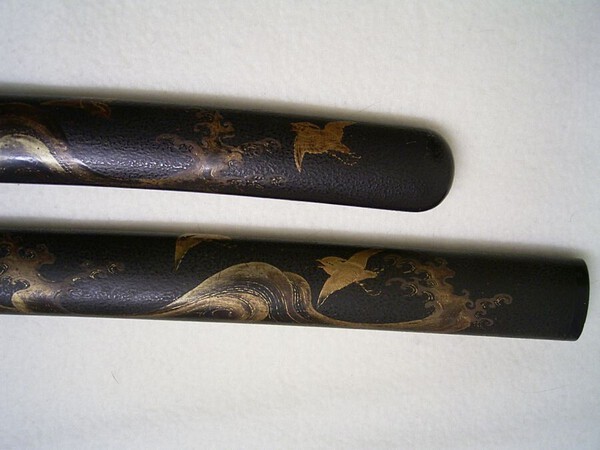


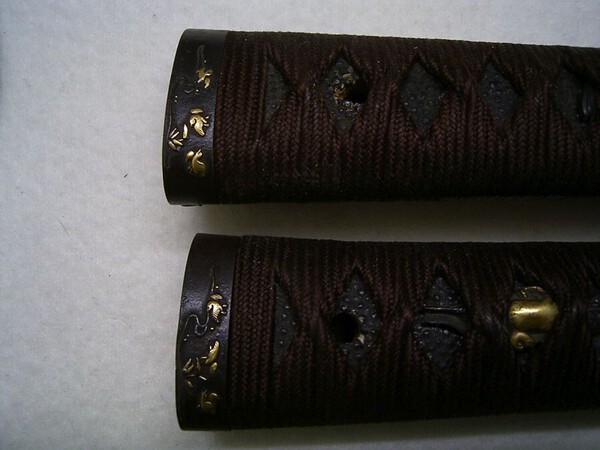
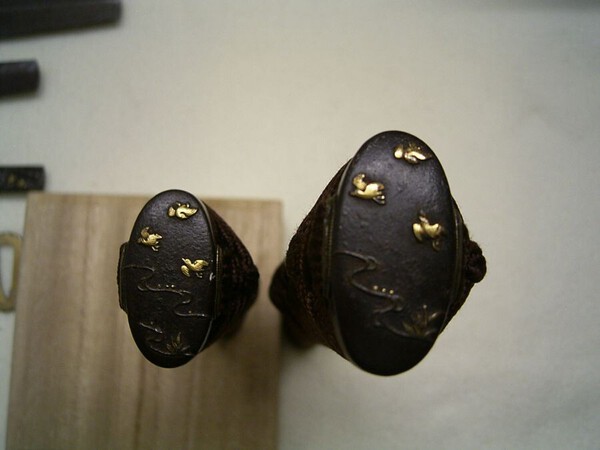
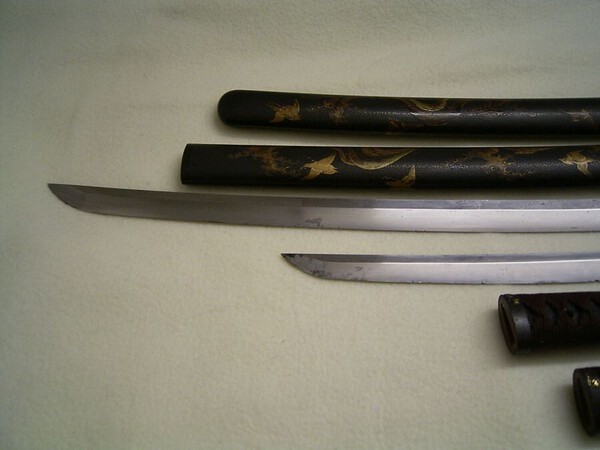
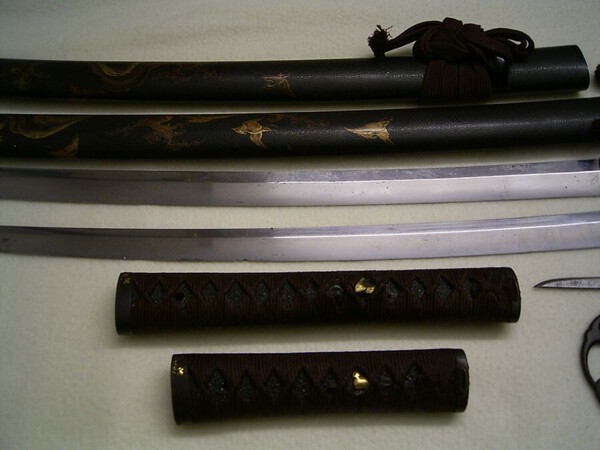
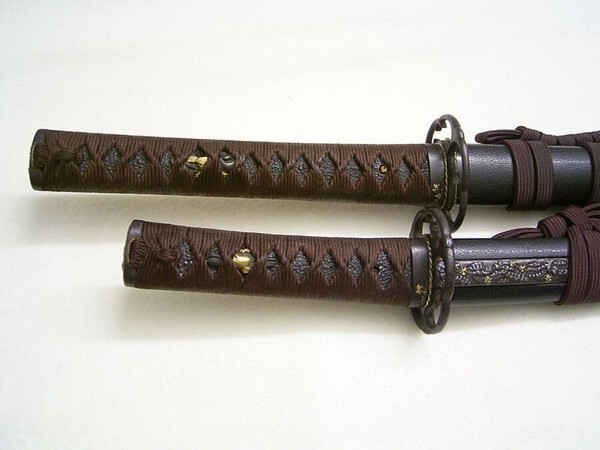
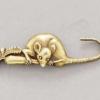




-min.thumb.jpg.152b1b39d5caf3b98f7010303720f655.jpg)

